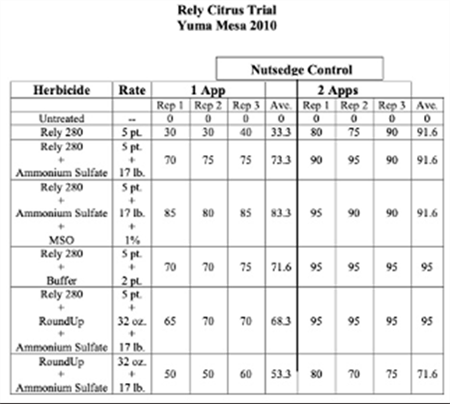It is well known that conditions of the environment such as temperature, light, CO2, humidity, and wind at the time of application as well as many other factors impact how herbicides perform. This could vary depending on the weed species, the compound, if the product is soil applied etc.
One of our subscribers asked specifically about Rely herbicide's response to temperature and humidity.
A study showed that plants grown at 90% relative humidity presented more translocation of glufosinate than those grown at 35%. Relative humidity had greater effect than temperature on glufosinate toxicity to Palmer amaranth, redroot pigweed, and common waterhemp (1).
Additional research showed glufosinate acted slower with lower temperatures delaying injury to two weed species, but only small differences in injury existed among temperature regimens in the final evaluations 288 h after spraying. It also suggested that the activity of glufosinate ammonium on both species was significantly reduced by low relative humidity (2).
Barry Tickes at the The University of Arizona conducted a nutsedge trial in 2010 at the Yuma Mesa in which we sprayed Rely in June with similar temperatures to what we are having today and humidity below 20%. Then, a second application was done in August, which averaged ~40% relative humidity. The following table shows the % control was higher after the August application. This is consistent with the studies we refer to above.







